Here are fascinating facts about our Solar System:
🌞 The Solar System: Our Quirky Neighborhood in Space
Let’s be real for a second — the Solar System is kind of like a very odd, very dramatic family. You’ve got a blazing hot parent (the Sun), a bunch of eccentric siblings (the planets), some wild cousins (comets and asteroids), and loads of unexplained mysteries floating around like cosmic gossip. And guess what? We all live in it!
So buckle up, space explorer. We’re taking a chill but exciting trip around our stellar block. Snacks not included, but space facts definitely are.
☀️ The Boss of All: The Sun
First things first — the Sun. It’s not just the thing that burns our skin in the summer or helps us grow crops. This big ball of nuclear fire is the center of attention — literally.
It holds 99.8% of all the mass in the entire Solar System and keeps everyone in line with its gravity. Think of it as the strict-but-warm-hearted grandparent who runs the whole household.
The Sun is made mostly of hydrogen and helium, burns at about 15 million °C in the core (!!!), and has been shining for 4.6 billion years. And guess what? It’s got a few billion years left in it. So… no rush.
🪐 The Planetary Squad
The main planets of the Solar System are the A-list celebrities of space. They each have their own personality, secrets, and quirks.
Let’s meet them in order from the Sun.
🌑 Mercury – The Speed Demon
- Closest to the Sun
- Smallest planet
- No atmosphere to speak of, so it’s boiling hot by day and freezing cold by night
Mercury is like that kid who’s always zipping around the block — fast and a bit intense. It completes a full orbit in just 88 Earth days!
🌕 Venus – The Drama Queen
- Same size as Earth, but totally uninhabitable
- Thick, toxic atmosphere full of carbon dioxide
- Hotter than Mercury, even though it’s further from the Sun
Venus is beautiful, bright, and deadly. Think of her as the glamorous diva of the planets — looks stunning from afar, but step too close and… toast.
🌍 Earth – Home Sweet (Weird) Home
- The only planet we know has life
- Covered in water, with a breathable atmosphere
- Has just the right conditions — we call it the Goldilocks Zone
Earth is like that cool middle sibling who gets all the attention, partly because we live here, but also because we’re the only planet with pizza and memes. 🌍❤️
🌕 Mars – The Next Big Thing?
- Known as the Red Planet
- Has dust storms, volcanoes, and maybe signs of past water
- NASA’s dream vacation spot
Mars is that mysterious cousin everyone talks about at family reunions. Will we move there someday? Maybe. Just need to figure out oxygen, food, and surviving the cold.
🪐 Jupiter – The Big Guy
- Largest planet in the Solar System
- Mostly gas, with a crazy storm called the Great Red Spot
- Has 92+ moons (and counting)
Jupiter is the heavyweight champ — all bulk, all storm, all majestic. It’s like the bodyguard of the outer Solar System, casually tossing asteroids around with its gravity.
🪐 Saturn – The Ring Master
- Famous for its epic rings made of ice and rock
- Second-largest planet
- Also a gas giant, with dozens of moons
Saturn is the stylish one. Elegant, poised, and slightly mysterious. It’s like the planet that shows up overdressed and still pulls it off effortlessly.
❄️ Uranus – The Oddball
- Rolls around the Sun on its side (seriously)
- Pale blue-green because of methane in its atmosphere
- Has faint rings and a super-cold personality
Uranus is the quirky, artsy kid who doesn’t follow the rules. Cool, different, and a little bit of a space rebel. Also, the name still makes middle-schoolers laugh.
🧊 Neptune – The Wind Machine
- Farthest planet from the Sun
- Super fast winds – like, faster-than-sound fast
- Deep blue and freezing cold
Neptune is the introverted genius of the group. Calm, distant, but full of powerful energy when you least expect it.
🪨 Honorable Mentions: Dwarfs, Asteroids, and Comets
The planets get all the fame, but the Solar System is full of bonus characters worth knowing.
🌍 Pluto – The Comeback Kid
Once a planet, then demoted to dwarf planet in 2006, Pluto still has fans who want it reinstated. It’s tiny, icy, and way out in the Kuiper Belt — the Solar System’s icy edge.
Pluto is that underdog who never stops trending on social media.
💫 Asteroids – Rocky Rascals
Most of them live in the Asteroid Belt between Mars and Jupiter. These are like the leftover building blocks of the Solar System — never formed into full planets but still hanging around, looking cool.
☄️ Comets – Dirty Snowballs With Style
Comets are made of ice and dust, and when they get close to the Sun, they grow those stunning tails that light up the sky. They’re the drama queens of space travel — showing up, making a scene, and disappearing.
🌌 Moons, Moons Everywhere
Planets aren’t the only ones in the spotlight — their moons are legit rockstars.
- Earth has just one (but it’s iconic).
- Jupiter’s Europa might have oceans under its icy shell.
- Saturn’s Titan has rivers and lakes of methane.
- Some moons even have volcanoes, ice geysers, and potential alien habitats.
So yeah, moons are way more than just space accessories.
🚀 Human Space Exploration: Hello, Neighbors!
Thanks to telescopes, space probes, and rovers, we’ve been snooping around the neighborhood quite a bit.
- We’ve landed on the Moon.
- Sent rovers to Mars.
- Flew by every planet with probes like Voyager 1 and 2, which are still out there, sending postcards from deep space.
We’re slowly turning the Solar System into our playground. Maybe not colonizing just yet, but definitely leaving footprints.
🤯 Wild Facts to Blow Your Mind
- A day on Venus is longer than its year.
- Jupiter’s moon Ganymede is bigger than Mercury!
- The Sun will eventually swallow Mercury and Venus (Earth might escape… might).
- There might be a ninth planet (a REAL one, not just Pluto) lurking way out in the dark.
Space never runs out of surprises.
🪐 So, What’s the Point of All This?
Great question.
Why learn about the Solar System? Because it’s our home. Not just Earth — the whole solar family. It’s where we came from, where we live, and maybe, where we’ll explore next.
It reminds us we’re part of something vast, mysterious, and beautiful. Also, it’s just super cool. I mean, giant gas planets? Space storms? Moons with lava? Come on.
🌠 Final Thoughts: Space Is Weird. And That’s Awesome.
The Solar System is like your weird, lovable extended family — full of giants, misfits, icy outcasts, and glowing stars. It’s not perfect, but it’s ours. And the more we learn, the more we realize how much we still don’t know.
So next time you look up at the night sky, just remember: you’re spinning around a fiery ball, on a blue rock, in a vast cosmic neighborhood that’s been around for billions of years. And that’s… pretty amazing.
































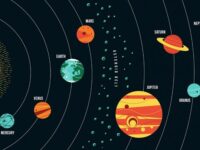














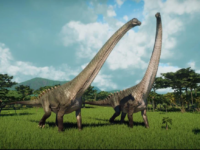




















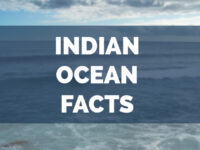



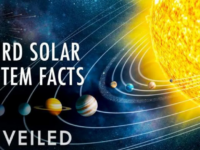









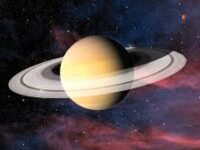
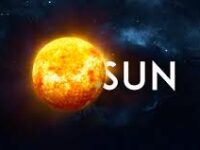














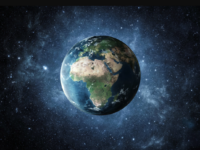




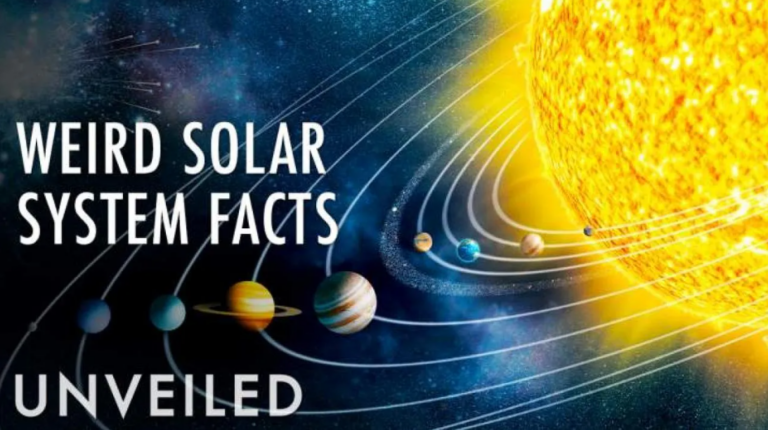
0 Comments